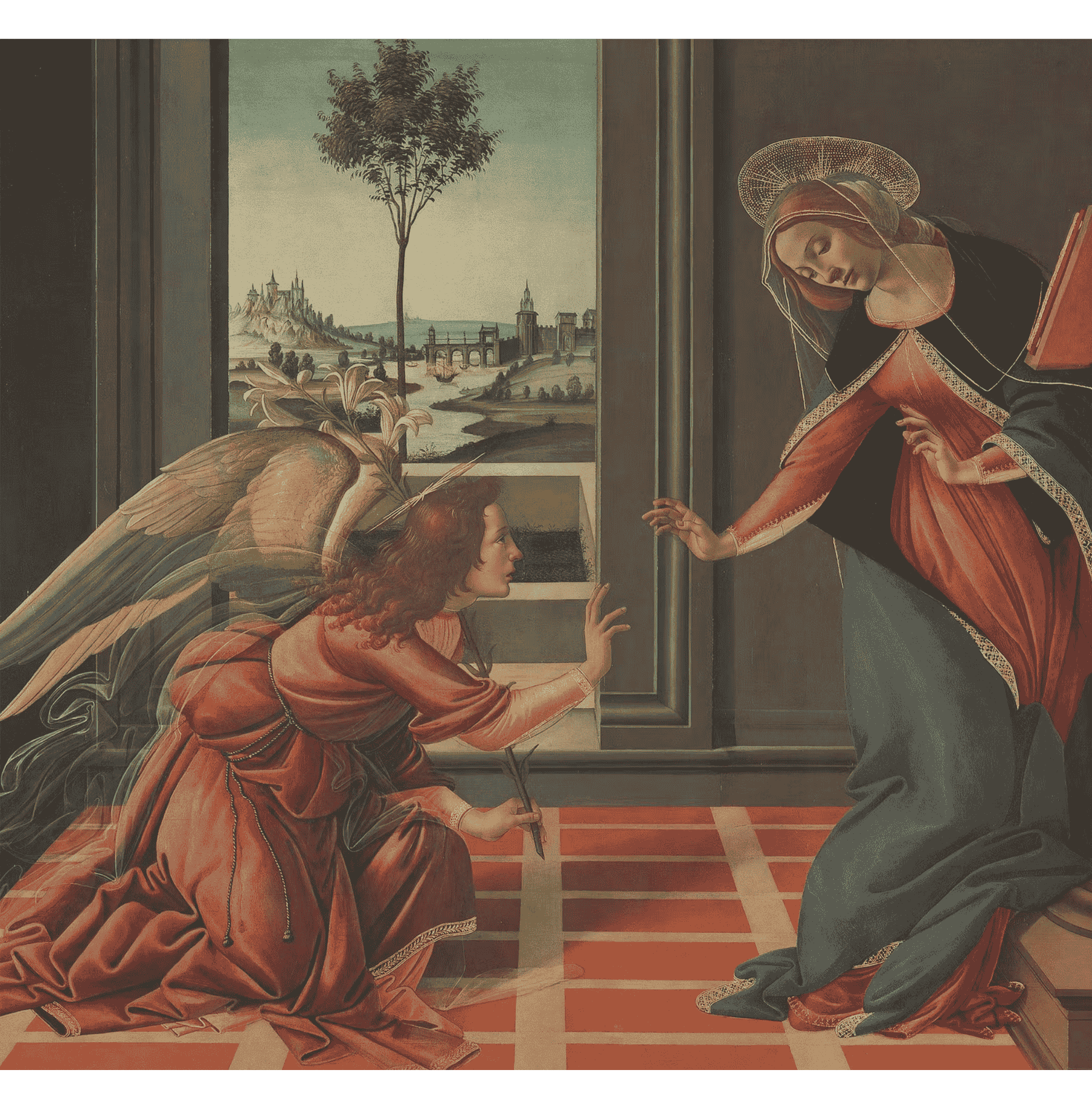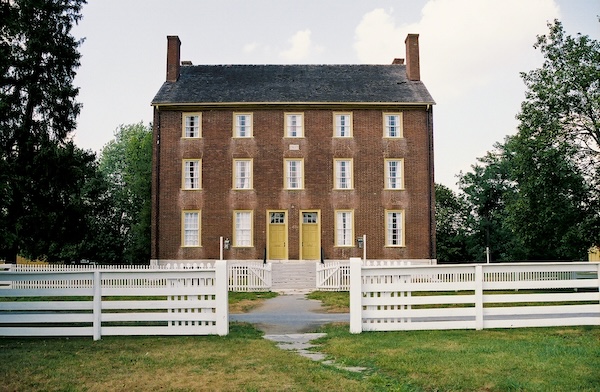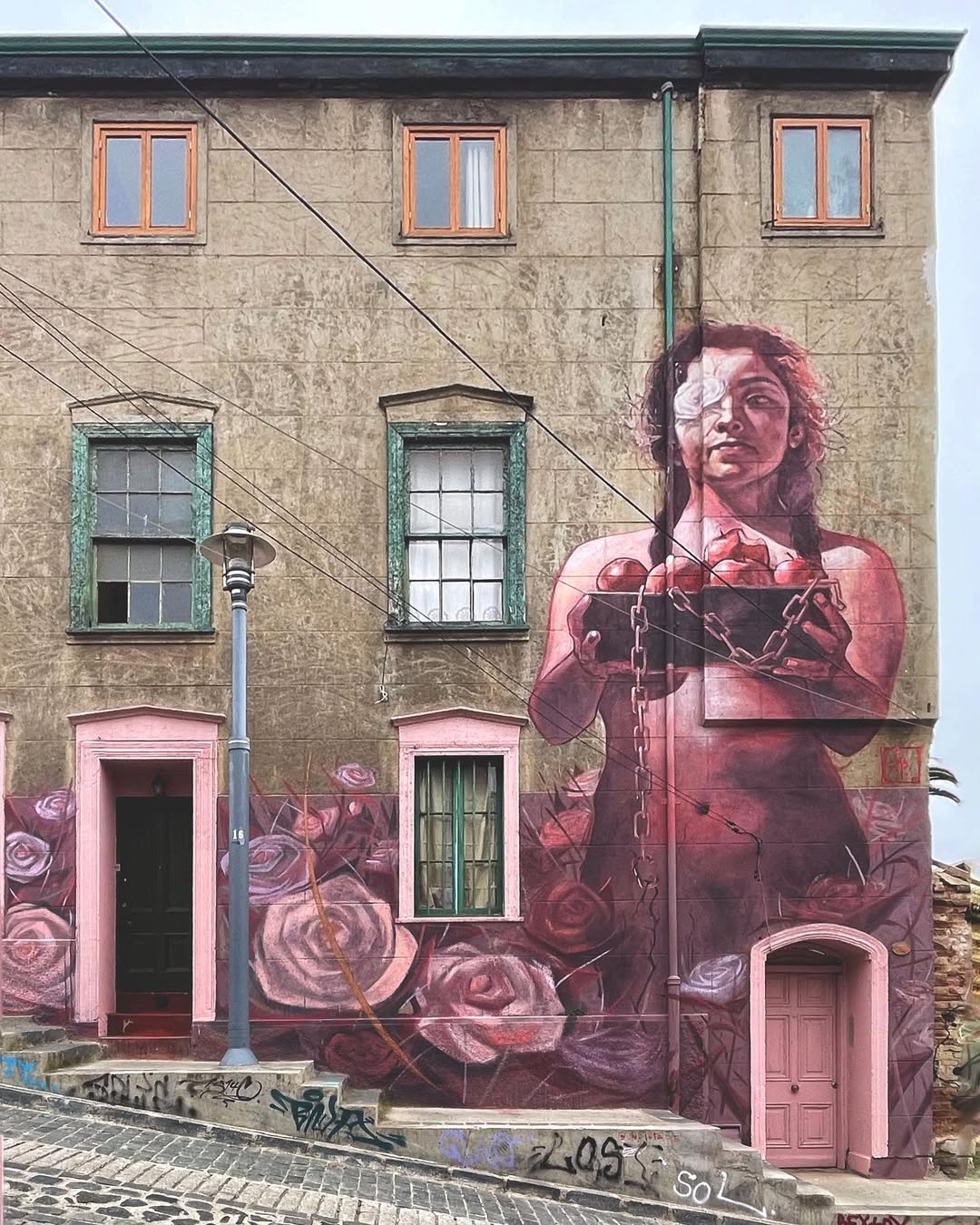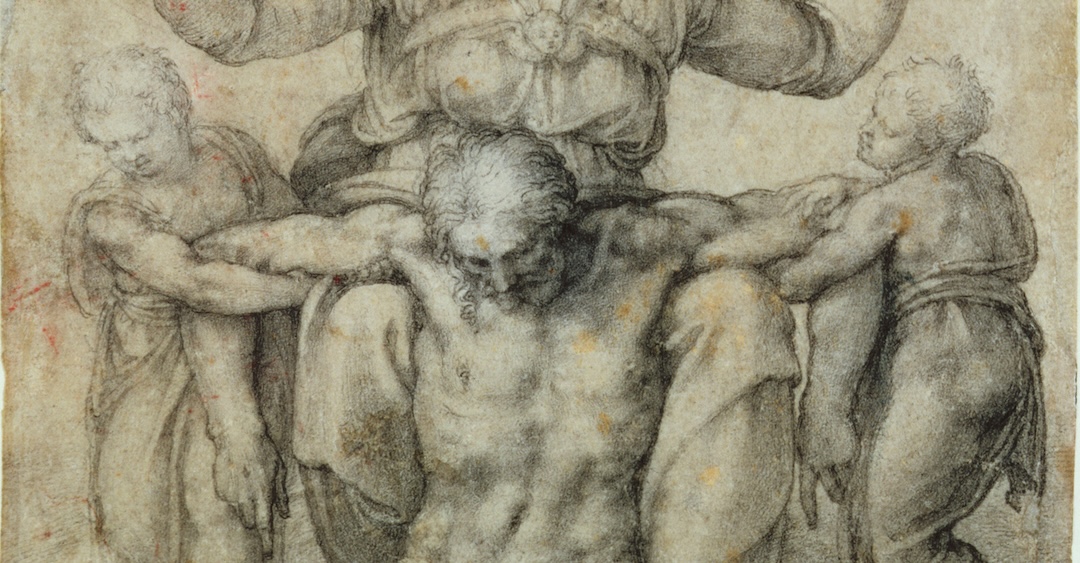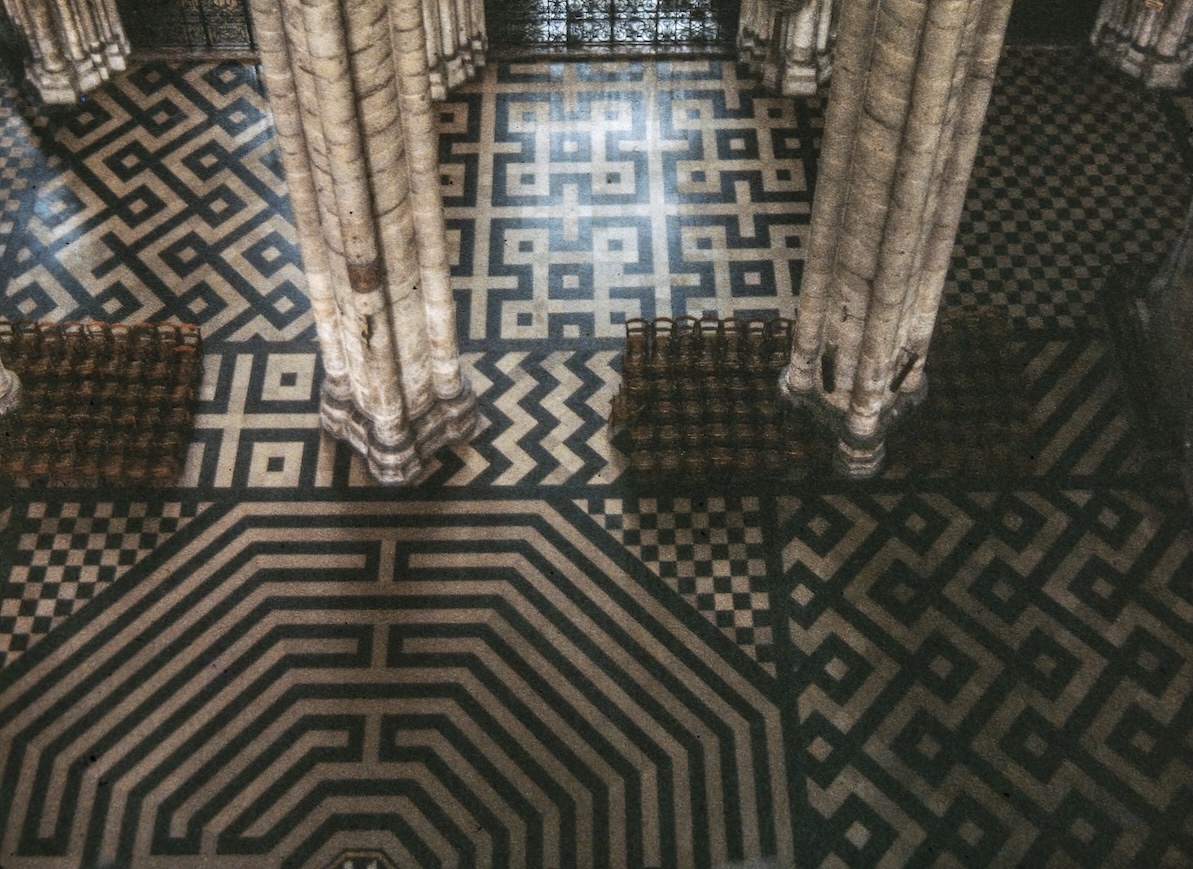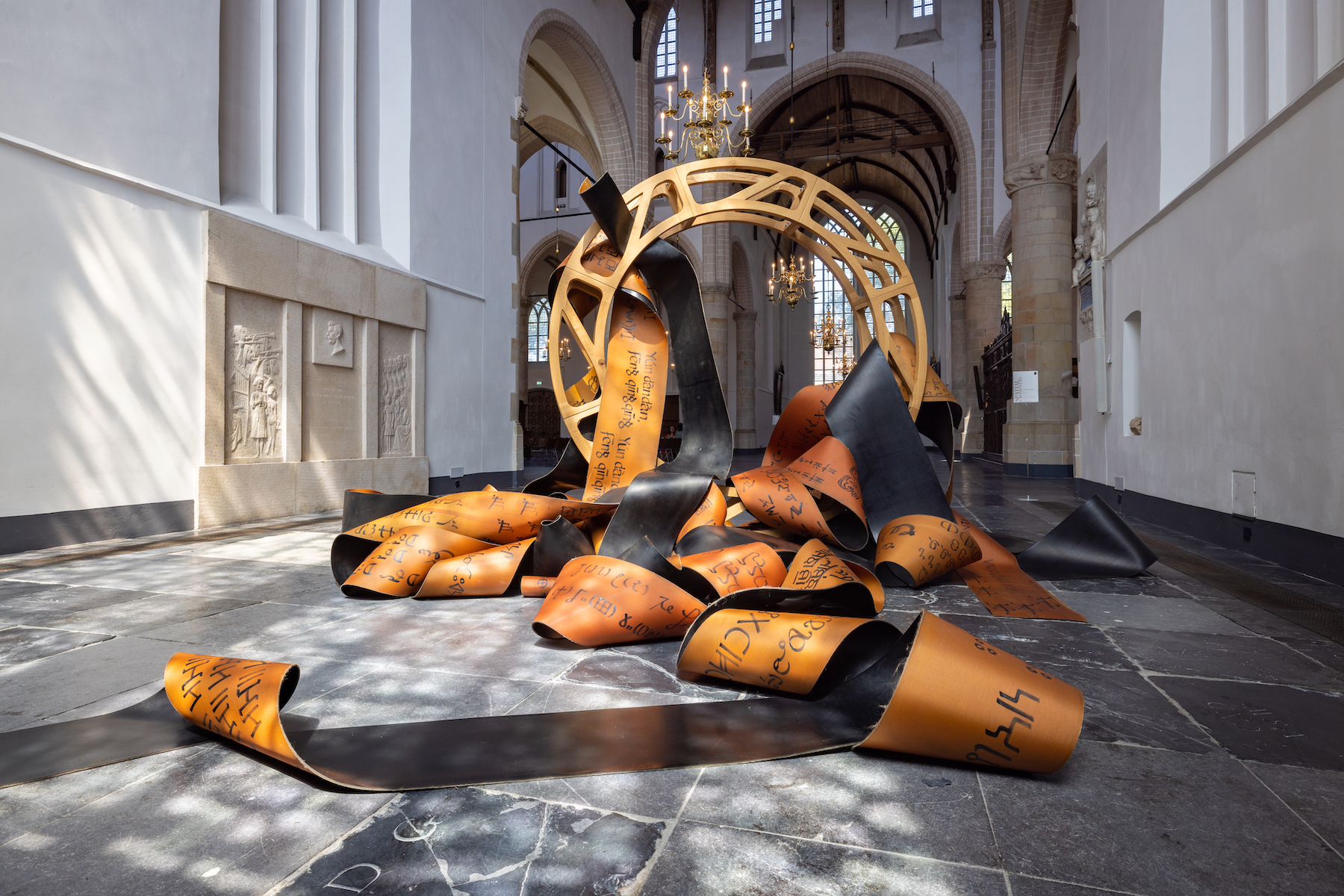
A prophetic voice
“And what is it to work with love? […] It is to charge all things you fashion with a breath of your own spirit. Work is love made visible.” (Khalil Gibran, The Prophet)
Our modern world is filled with troubles mirrored and warned against in art. Once in a while, an artist emerges who is able to do more, to express a profound truth for our times. An inventor who is able to translate in the midst of the confusion of tongues, to touch on the human experience and lead our thoughts towards understanding and cooperation once again.
This work of Cecilia Rebergen has such a prophetic voice. It is remarkably different. Her love for people, histories, cultures and materials directs her ideas. There is a lot of freedom needed to be so non-judgemental, to see so empathetically.
Her process of conceptualisation and choice of material cost a lot of time. “The components must start cooperating”, she states. She is a true craftsman and works with precision, the focus and attention that go into her artwork are almost obsessive. She has an empathetic and directive feeling of the nature of the material and how it would react to intervention. Sometimes she even expands the boundaries of material characteristics.
For the installation Yield, Resist, the artist bought a specific oak tree from France. The model of the perfect wheel was drawn, then the computer helped to calculate the best possible way to put it together. Then the hand-sawing and perfecting of the surfaces began. With every single cut, a decision was made over what stayed and what proved to be superfluous. The ring itself is a smooth, hand-made object. The procedure to make it requires extreme control, just like the art of calligraphy which Rebergen mastered and employed in the installation, beginning with the study of the ‘linear A’ writing system, followed by other scripts of the human race. This process took more than five years of research. Her concept matured through the investigation of these lasting signifiers of human culture. It also became a kind of ritual performance to write the letters in the most perfect way possible on a long, modified airoplane-wheel rubber strap. For months, the artist worked silently and with utmost concentration, performing the rhythmic painting or gauging of the symbols. The intention of the maker carries the essence of the artwork. Outwardly, it is present in the balance of the whole: the detailed, intensive work with the wood and the calligraphy on the rubber, in the colour, surface and the creases and folds of the material. These letters alone do not tell our great stories, they are just signs. However, the entirety together reflects humanity’s own echo.
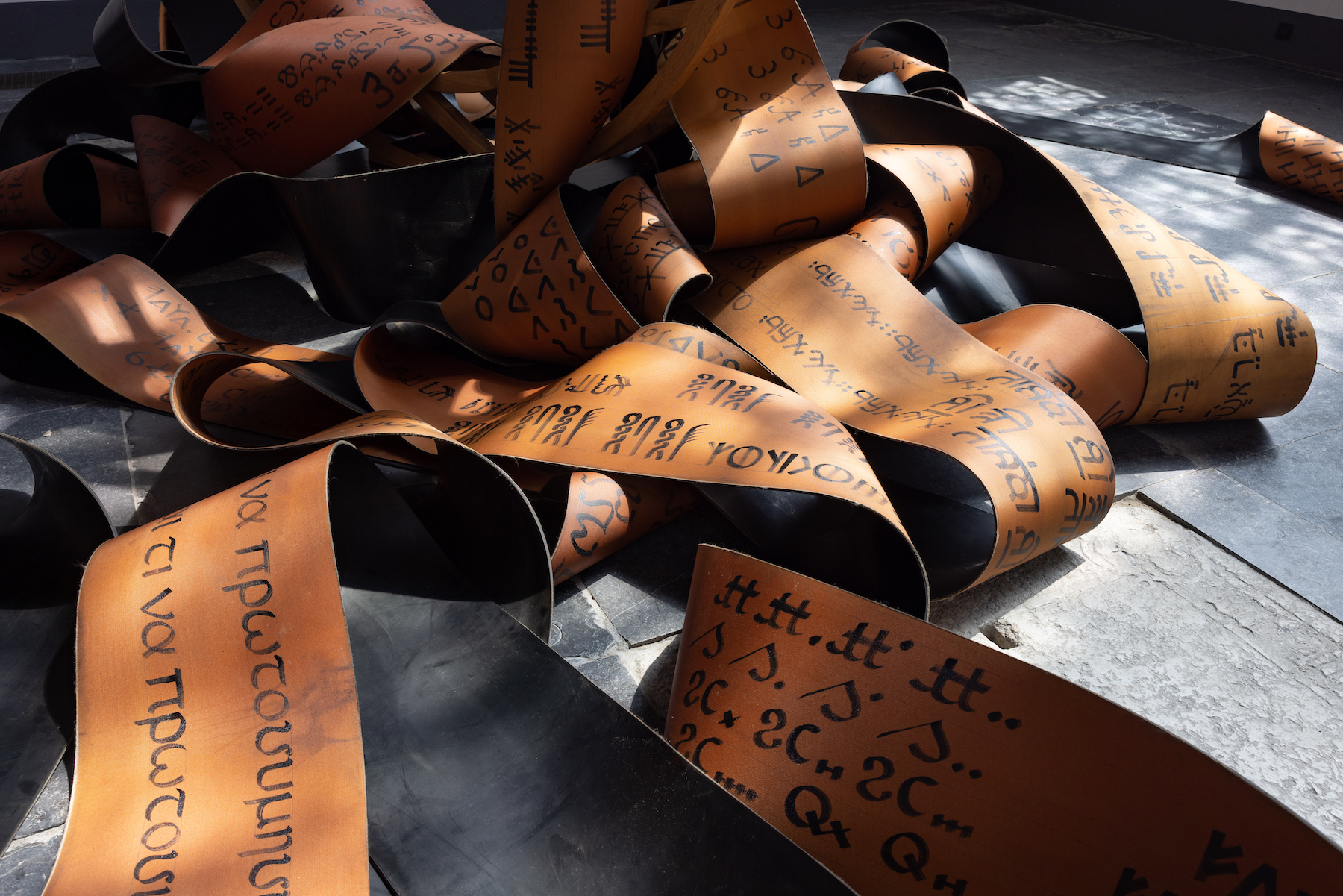
The artwork controls heaviness and lightness in one image. It has attraction and rejection within it. It is a dance of a large wooden wheel with a long rubber band. It takes many people to put it together, the rubber alone weighs 600 kg, yet the passageways and openness of the installation make the image airy. The work rests on years-long cultural-historical research, the painstaking mastery of the art of calligraphy, heavy-duty wood and rubber work, and an original performance of installing fairly inflexible material. This process consists of both serious and fun elements. The rubber band itself is also a performer, as it has its own ways to roll, one can only give it a direction and a swing. It will often coil and settle unpredictably. It is more of an orchestration of the whole than an imposing order upon the details. During this wrestling match, the maker is challenged not only to be strong and determined, but also to improvise and follow her intuition. The right flow in this process determines the quality of the outcome. When there is enough skill and the right intention, the artwork can take over, and something more than what was planned can be born. The artist is then a mediator.
The procedure is as follows: think, conceptualise, compose, work with discipline on hardly manageable materials, struggle and sometimes find the flow, and be presented with a surprising result. “I practice the art of omission, and sometimes I feel that I am doing something important. It is weighty and weightless, like a floating rock,” she says. It is something metaphysical and elevated, and something tangible and perfectly normal at the same time. In this case, there is a balanced tension concealed in it, the result is scholarly yet playful. By seeing the calligraphy close up, one’s associations might move in the direction of the human condition and our shared history. We are organised and chaotic, calculating and constantly surprised.
There is something significant about Yield, Resist. The installation has a motionless suggestion of movement. A dance of the attraction and resistance of a circle – the primordial symbol – and a story line of human culture that is not able to work around it. If it is a wheel, it should roll, but if it is a ring, it should encompass. Or is it a portal? Is it the symbol of the source or nature versus mankind? Or the wheel of time losing the film roll of human history? Does it roll off it, or will it roll with it? Will the people be able to work together to find the role they have in the whole? Will we find our sway, will we yield or resist – or will we yield and resist? There are many layers of possible meanings, but one fundamental impression prevails. The power of it lies in the perfect organic wheel’s ‘attentive presence’ around the messy man-made tire – against all odds.
In this artwork, the heartfelt intention of the maker translates into something we could call an impression of steadfast love for humanity. Till all the creatures own the right sway.
A version of this article originally appeared in Ainas Magazine.
*******
Cecilia Rebergen Yield, Resist, 2022. Oak, stainless steel, rubber belt, lacquer. About 5 x 7 meters and 2.7 meters high. Here on exhibition during ‘Spatial Crossovers’ in the Grote Kerk in Naarden Vesting, The Netherlands in 2023. Photos by Maarten van Haaff.
Cecilia Rebergen (1991) is a Dutch artist who specialises in sculpture and installation art. She graduated in 2013 from the Art Academy in Utrecht, the Netherlands, and exhibits her work nationally an internationally. Rebergen's studio is at former military airbase Soesterberg.
Anikó Ouweneel-Tóth is a cultural historian, writer and art curator living in the Netherlands. She has curated Art Stations of the Cross together with Marleen Hengelaar-Rookmaaker. At the moment she leads the project ArtHelpdesk. For more information please visit www.visiodivina.eu.
%20(1).png)




